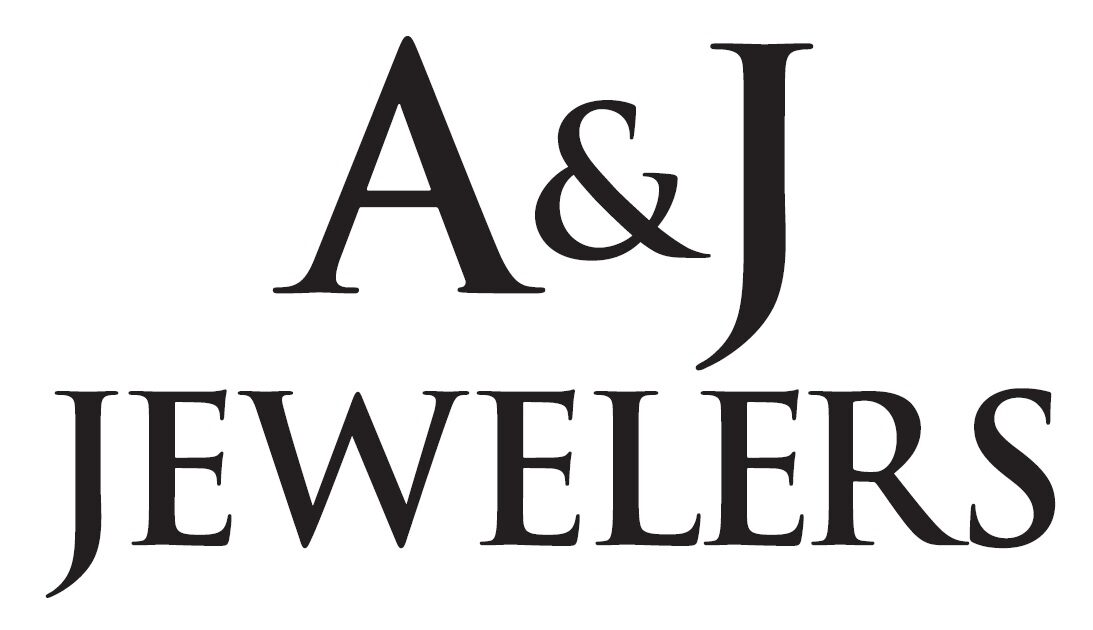Facts About Diamonds
Facts About Diamonds
Buying a diamond is a special purchase – one that should bring you joy, not uncertainty! The endless information about diamonds online can be overwhelming, and we want make sure that you find the right stone for you. Our experts are here to help answer all of your questions so your diamond purchase is comfortable, well-informed and regret-free.
There is no better way to choose a diamond than to compare them side by side. Two stones might have the same cut, clarity, color and size, but have a completely different sparkle that you won’t be able to see by looking at a screen or examining them one at a time. Please come in and compare for yourself the variety of diamonds we keep in store. If you don’t find one that feels right, we can bring in more for you to look at in a matter of days, no commitment necessary. After all, when it comes to making such a special purchase, your preference is the only preference that matters. We’ll help you find a beautiful diamond you feel confident about purchasing.
Don’t see the answer to your question or want more info? Contact one of our experts directly!
You’ve picked out your stone, now what?
Our master jewelry designers can create a one-of-a-kind custom setting that will showcase your new diamond in a way that is beautifully unique to you or your loved one.
Common questions from our diamond customers
What do I need to know before coming into the store to buy a diamond?
Nothing! We are here to help you figure out the aspects of the stone that are most important to you. It is helpful to have an idea of the cut you’d like to look at, but even so, we have lots of options to explore.
What are the 4Cs of diamonds?
The most frequently described aspects of a diamond are the cut, color, clarity and carat weight, or the 4Cs.
Interesting history: In the 1940s, Robert M. Shipley established an institute called the Gemological Institute of America (GIA) to professionalize the jewelry trade and provide formal training to jewelers and sales people. The 4Cs came out of his training as a way for his students to remember the four factors of a faceted diamond. As the terms became part of the American jewelry industry’s vocabulary, they also became the language of retail.
Cut
The cut is the most important of the 4Cs. A magnificent cut can make a mediocre rough diamond into an outstanding diamond. A poor cut can turn a beautiful stone into a sad shadow of what it was meant to be.
Though commonly thought of as just the final shape of the diamond, the cut also includes the precise geometric angles created to interact with the light, which gives the diamond its signature sparkle. That sparkle and shine comes from a diamond polisher (that’s what a diamond cutter is often called) removing thin layers of diamond material to reveal the magnificent stone in the middle of the dull rough exterior.
Color
Many people think white diamonds are the most rare diamonds of all, but they’re not! The most rare diamonds of all are actually blue and red. In fact, most diamonds live in the middle of the color range, on a spectrum from deepish yellow to lightish gray. But the closer a diamond gets to colorless, the rarer it is, and that is why the color grading system gives the best grades to the most colorless diamonds.
